Addis Abeba’s coffee culture is under siege as soaring prices ripple through every level of the market, from humble street vendors to bustling market stalls.
Fantu Welde, a traditional coffee pot vendor in Mesalemiya, is one example. She is forced to raise her prices by 25pc and now charges 25 Br a cup, a burden for her primary clientele: daily laborers. Where she once sold three liters of coffee on a good day, she now struggles to market two.
The price of her coffee beans has jumped from 650 Br to 750 Br in a single week, and the rising costs of her other offerings—water, beverages, and homemade bread—have made her business unsustainable.
“It’s not profitable anymore,” she said. Once a source of income that supported her son, her work is now a way to avoid solitude. Her customer base has dwindled by half from 30.
“Only people who can’t get by without coffee come now,” she said.
The concern extends beyond individual vendors. Across Addis Abeba’s local markets, coffee bean prices have surged. Mercato, the city’s largest open market, has witnessed price increases of 20pc over the past week. Low-grade coffee now costs 230 Br a kilo, an 84pc increase, while higher-grade options have risen to 1,100 Br a kilo, a 57pc jump in just three months.
Merchants like Tariku Mekit and Esayas Alemu are struggling with capital constraints and dwindling sales. Customers inquire about prices, but few make purchases.
“The local market needs reflection,” Esayas observes, stressing the urgent need for reassessment and support. The economic pressures are palpable, impacting the very fabric of daily life for countless coffee drinkers in a nation where coffee is a staple.
The price surge is not just a simple economic fluctuation; it is a phenomenon impacting the very fabric of daily life for countless coffee drinkers. Ethiopia’s strong coffee culture is reflected in its high per capita consumption of 2.3kg. This considerable domestic demand accounts for nearly half of the country’s total coffee production.
Even established coffee brands, like the iconic Tomoca Coffee, are feeling the pinch of escalating prices. Founded in 1953 by Zewdu Meshesha, Tomoca has become a household name, but is now grappling with unprecedented market fluctuations. Nebyat Ayele, their corporate communication and branding officer, reveals that the company has been absorbing marked price discrepancies since July. The cost of 17kg of coffee has skyrocketed from 3,000 Br to 11,000 Br in just a few months.
Despite consuming over 3,000kg of coffee daily across their 30 branches, Tomoca has resisted raising the price of their standard 95 Br cup.
“We are absorbing it,” Nebyat said.
However, they have been forced to increase the price of their roasted and ground coffee by 20pc, now selling at 2,560 Br a kilo. Recognising the unsustainable nature of relying solely on coffee, Tomoca has diversified its product line. They now offer honey, black seed oil, chocolate, sweets, leather goods, and fabric bags.
“The coffee business alone is not sustainable,” Nebyat told Fortune.
Rising operational costs, including a 50pc increase in employee salaries due to macroeconomic changes, coupled with higher fuel prices and shop rents, have further strained Tomoca’s finances. With 500 permanent employees and over 2,000 contract workers, Nebyat said the company is now relying on increased consumer demand and new product launches to maintain profitability.
The escalating coffee prices in Ethiopia are rooted in a complex, interconnected web of market dynamics, regulatory changes, and production challenges. Local vendors source coffee beans primarily through the Ethiopian Commodity Exchange (ECX), which deals in rejects from export-grade coffee. The ECX facilitates noteworthy local trade, with 90,000 tonnes traded in the past eight months, generating 17.7 billion Br.
A critical regulatory shift has occurred with the Addis Abeba Revenues Bureau’s implementation of a market-based Value Added Tax (VAT) system for over 2,000 products. This replaces previous bulk reporting with detailed sales lists, aiming to combat underreporting. Any discrepancies between reported prices and established market prices will result in VAT calculation based on the Bureau’s determined market value, according to Sewnet Ayele, head of communications.
“We update the market prices,” said Sewnet Ayele, head of communications.
The Bureau is actively updating market prices, and has already collected 113 billion Br towards their 230 billion Br target. Last year, the Bureau collected VAT from 40,000 taxpayers and has registered over 8,400 this year.
Adding fuel to the fire, coffee prices at the ECX itself have surged, with a 20pc increase in the past month alone. Just 30 days ago, 17kg of washed coffee fetched 8,000 Br, and unwashed, 6,000 Br. Rewind a year, and those same quantities were a comparatively modest 3,700 Br and 2,600 Br.
“It’s a free market,” said Amare Mekonen, a communication expert at the Exchange. He clarified that pricing mechanisms fall outside the ECX’s purview, requiring oversight from the Ethiopian Coffee & Tea Authority.
Officials cite a combination of interconnected factors: the interplay of market forces, lucrative export markets, harsh realities of seasonal production slowdown, and the broader macroeconomic pressures.
According to Shafi Umer, deputy director-general of the Coffee & Tea Authority, seasonal fluctuations in February and March, when old stocks dwindle and new harvests are pending, are a key contributor.
He underlined the impact of reduced contraband trade, which previously siphoned off coffee intended for export. He credited the implementation of a new, robust tracking system for effectively curbing these illegal activities.
Shafi disclosed that a digital programme tracing each step of coffee production has been established, identifying 25 companies attempting to withhold coffee or failing to deliver to warehouses, with six companies facing compliance issues last week.
Last year, Ethiopia’s coffee production reached 833,000tns, with nearly half directed towards export markets. However, a disruption occurred as approximately 775tns of export-grade coffee, valued at 103 million Br, were illegally sold within the country.
This year, the plan is to export nearly half a billion tonnes, having already exported 223 million tonnes over the past seven months, yielding over one billion dollars, with expectations to double it.
Shafi attributes this export growth to rigorous management, including daily trade monitoring and exporter performance evaluations, with 80pc of exports handled by 140 companies overseen by nine senior experts.
Notably, Shafi stated that in response to international demand, the Authority has increased farmers’ selling prices.
The allure of lucrative export markets is real. However, underutilisation of 27pc of irrigable land suitable for coffee cultivation has also impacted the capacity to meet domestic demand.
While acknowledging unexpected rainfall affecting certain areas, he said that overall production remains stable, with productivity projected at 8.89qtl a hectare this year, exceeding last year’s average of 7.3qtl.
Ethiopia’s key coffee-producing regions—Oromia, Southwestern, and Southern—are experiencing a complex interplay of factors driving price increases, with varying perspectives on the root causes. While reduced production due to heavy rainfall in areas like Jimma and Ilubabur is cited, the Oromia Agricultural Bureau reports overall productivity gains, aiming for a 1.6 million-tonne harvest, exceeding previous targets of 1.2 million tonnes.
Conversely, Zerihun Hailu, a farm manager of a coffee farm under Midroc Investment Group, indicated production declined by two quintals per hectare due to excessive rain and labor shortages, with yields halved and workforce gaps hindering harvests.
The increased labour requirements further compounded the issue, as the farm requires 7,000 labourers for its 2,200hct but can only secure around 3,000.
“We use the people around the area,” Zerihun said.
Macroeconomic pressures, including fluctuating exchange rates, further contribute to rising prices. Mustofa Mufti, a Jimma Zone farmer and exporter, attributes prices, now at 9,000 Br for 17Kg, to international market trends. He prioritizes exports, despite local market plans, citing labor challenges.
A clear shift towards export is evident, particularly in Oromia. The Jimma Farmers Corporate Union, prioritizing international markets, plans a massive export increase, neglecting local supply.
“We aren’t planning to present it to the local market,” stated Wondwossen Bezabeh, export manager. This shift, despite processing losses and lower-grade coffee allocations, sees export targets soar, with existing contracts securing a significant portion.
Dejene Dadi, president of the Oromia Corporate Union, reinforces this trend, linking rising prices to international demand and local market pressures. He cites increased “carrying costs” due to processing, and highlights heightened competition during export seasons, driving up local prices. He also notes production shortfalls in Jimma and quality concerns across Oromia, despite its vast contribution to national output.
Southwestern Regional State mirrors the national trend of escalating coffee prices, with recent surges to 650 Br from 300 Br.
Mesfin Hailemariam, from the Agricultural Bureau’s Coffee & Tea Development Department, attributes this increase directly to international market fluctuations, stating, “It’s directly proportional.” He explains that coffee transactions from farmers to suppliers remain consistent, with price variations occurring primarily during processing and grading.
However, the region has faced significant production challenges, achieving only 32,000tns of its 67,000tns target for the past six months. This shortfall is attributed to high harvesting losses caused by inadequate care and unexpected rainfall, resulting in a yield of 7.4qtl a hectare, below the targeted eight quintals.
The export sector also faces hurdles. Buyers and exporters typically acquire 50-80pc of coffee cherries from farmers to meet export standards, selling the remaining portion locally. Financial constraints are limiting export capacity.
Abebe Amelga, president of the Admas Farmer corporate union, reported that they were unable to export last year due to a lack of financing. Despite owning a processing machine for four years, the union has only exported 91qtl in the past two years. This year, they aim to export 1,800 quintals and are seeking financial assistance. A request for 10 million Br in credit from the Corporate Bank of Oromia has been made by nearly 400 farmers, but collateral requirements are proving to be an obstacle.
Experts warn that the local coffee market is wrestling with a critical supply-demand imbalance, exacerbated by macroeconomic policies favoring exports. Negusse Semie (PhD), from the Institute for Policy & Development, notes that while export promotion boosts production, coffee’s long cultivation cycle creates challenges. He also affirms seasonal supply dips, mirroring global market trends. Notably, grower prices, though up 17.8pc (FAO), lag behind international market gains.
Negusse stresses the need for stable local supply to mitigate price volatility, crucial for livelihoods. He suggests increased production, but cautions that current conditions favor affluent buyers, squeezing small vendors.
“They have to rethink their business,” he advises, urging diversification and strategic adjustments. He links economic stagnation to low investment due to instability, and emphasizes Ethiopia’s need to strengthen its negotiation power against international financial institutions.
Business Consultant Mustofa Abdella echoes the call for diversification, noting that fluctuating exchange rates drive up vendor costs. He points to unpredictable supply shortages and the challenge of balancing wholesale prices with consumer affordability. Mustofa acknowledges the dual impact of export prioritisation: while it boosts farmer income and foreign exchange, it also diminishes local supply, driving up prices and impacting urban residents.




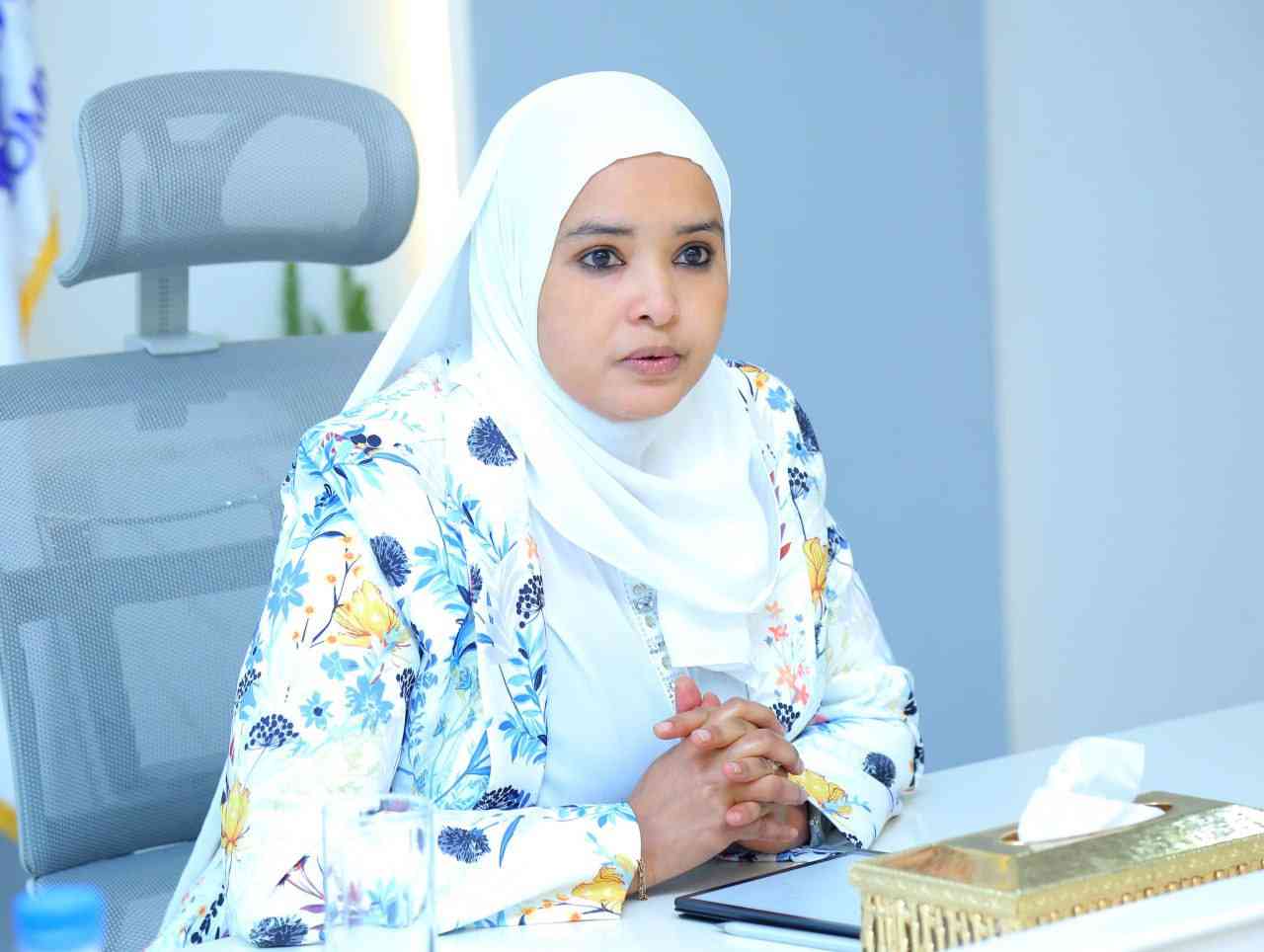
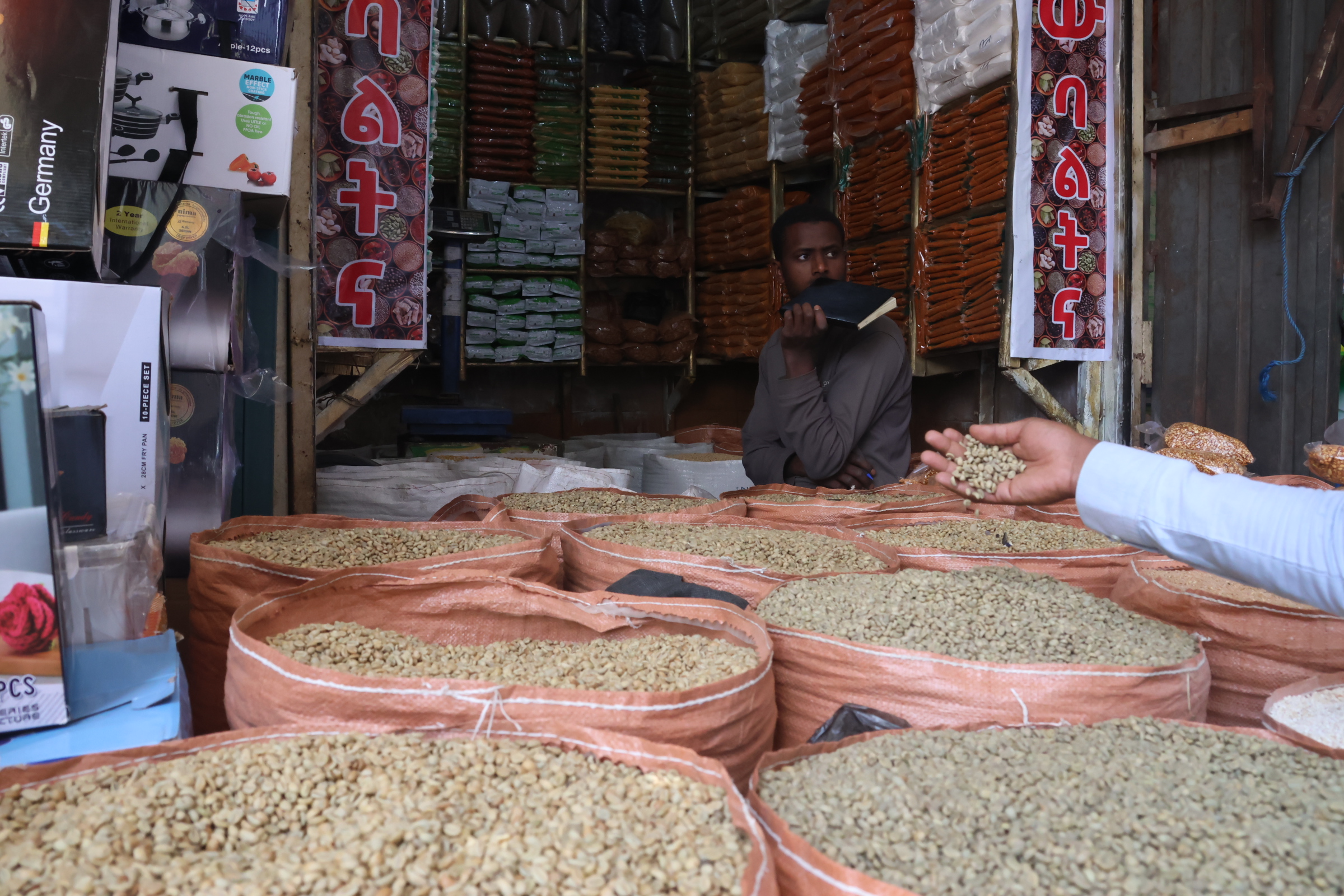
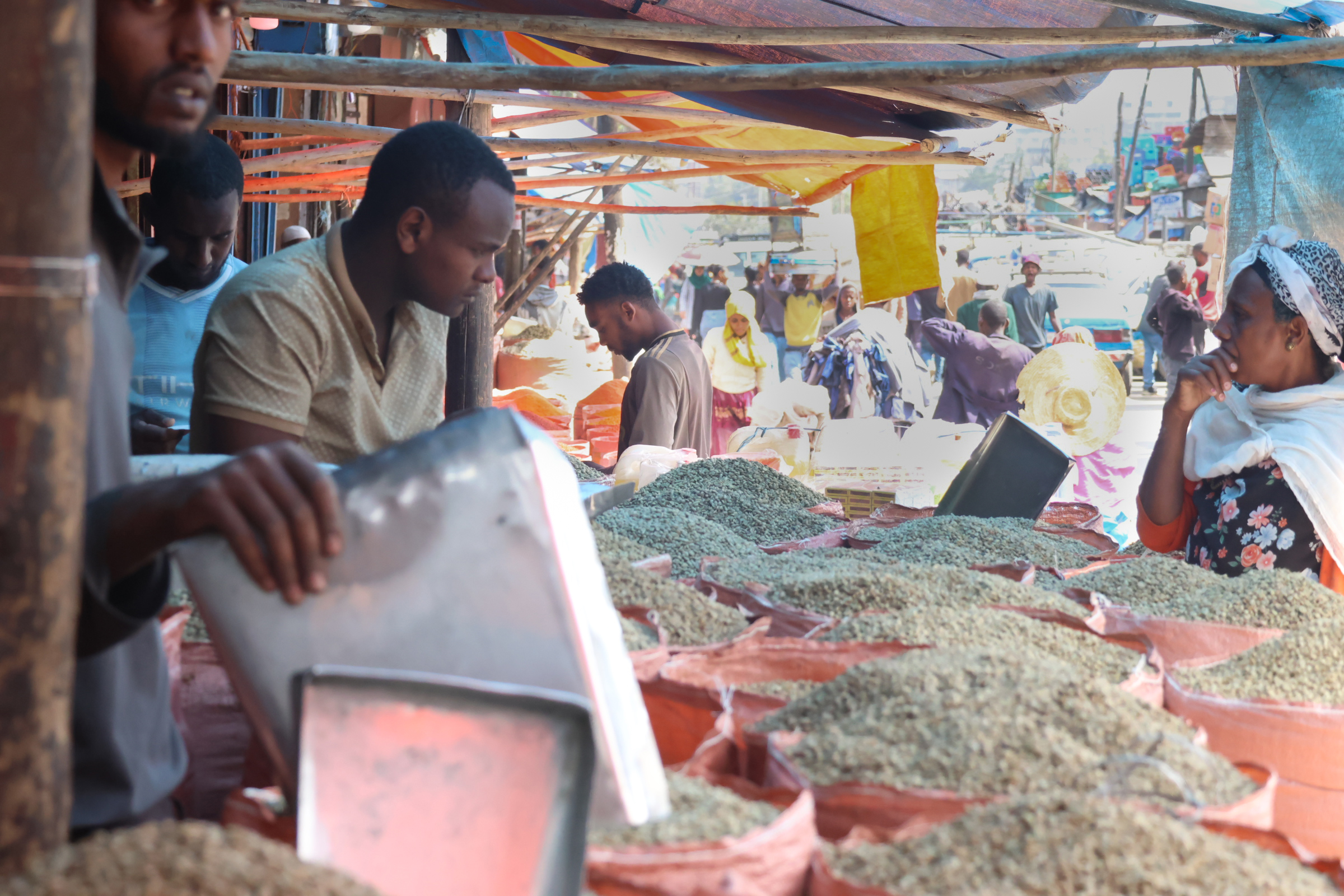
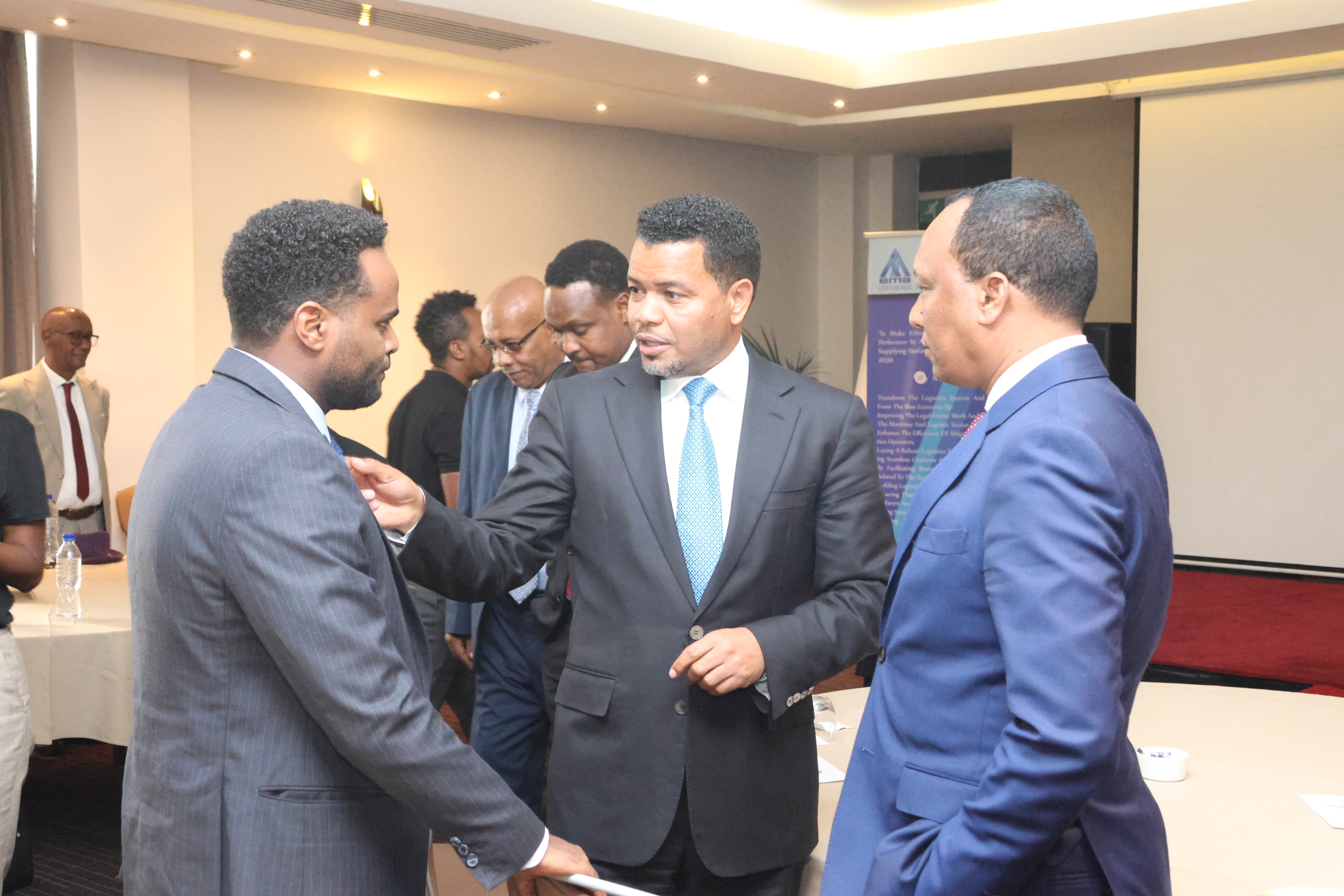
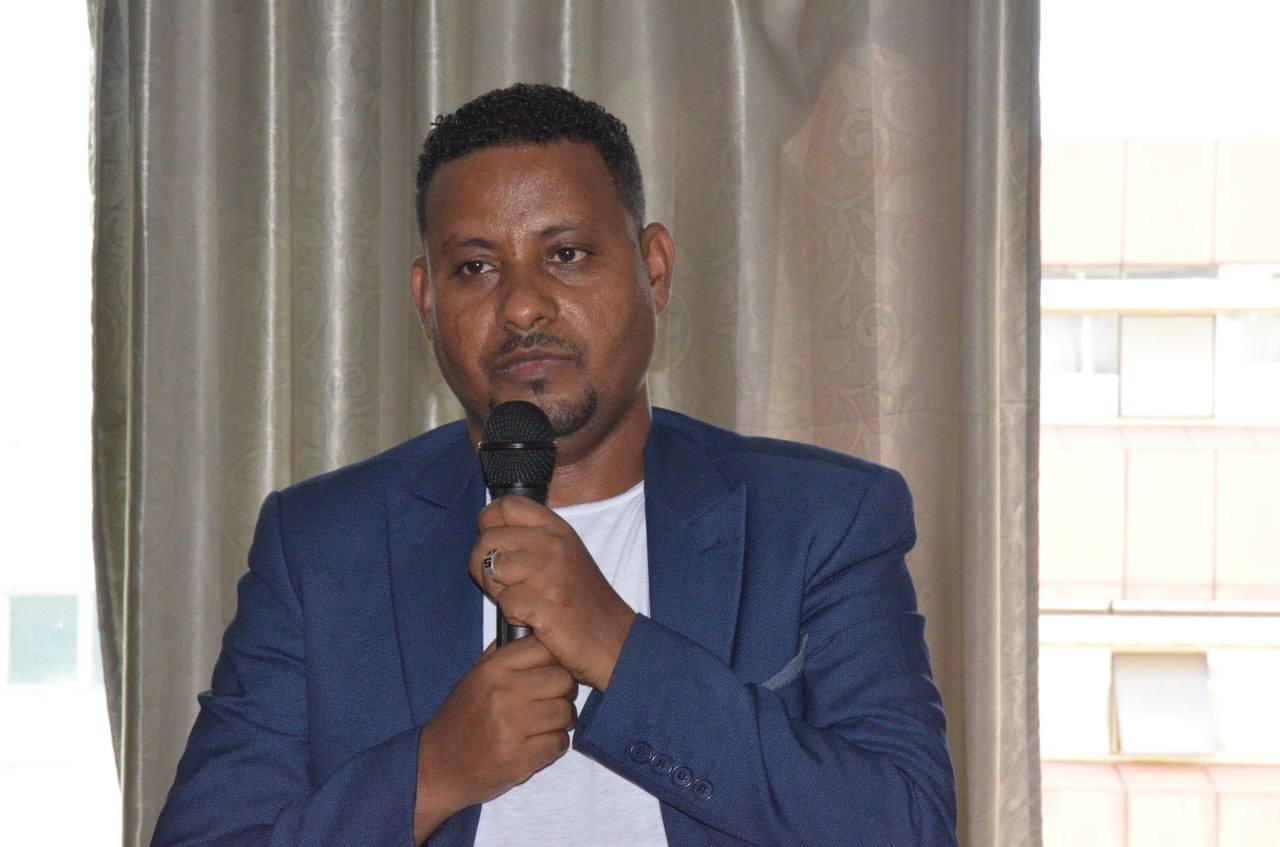
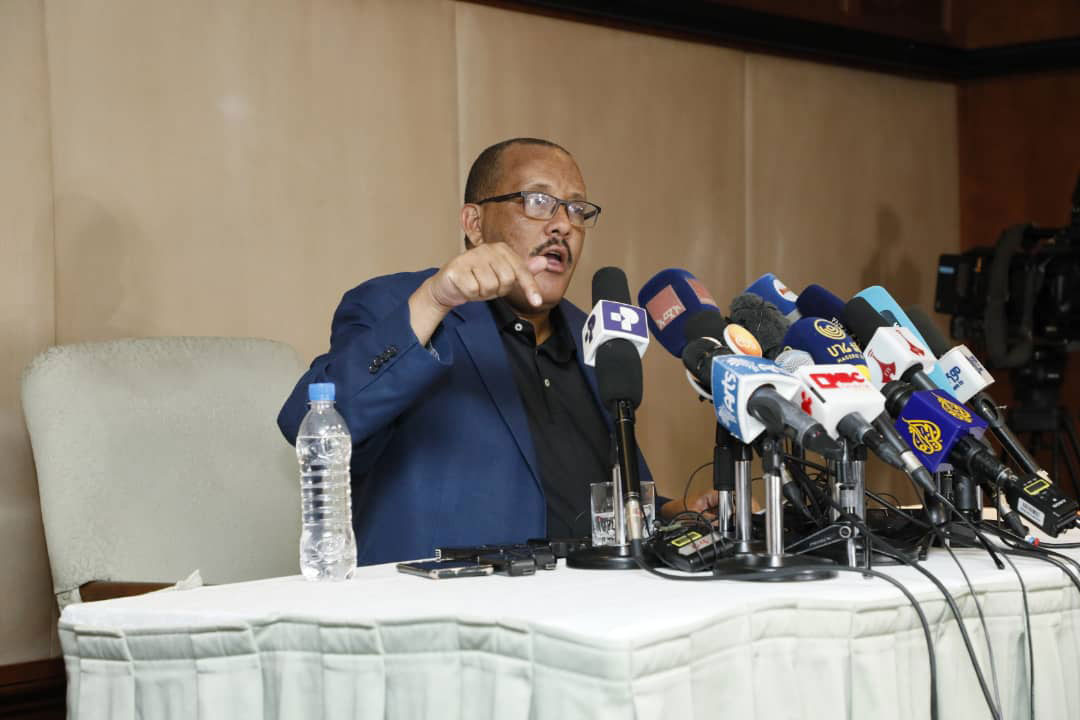
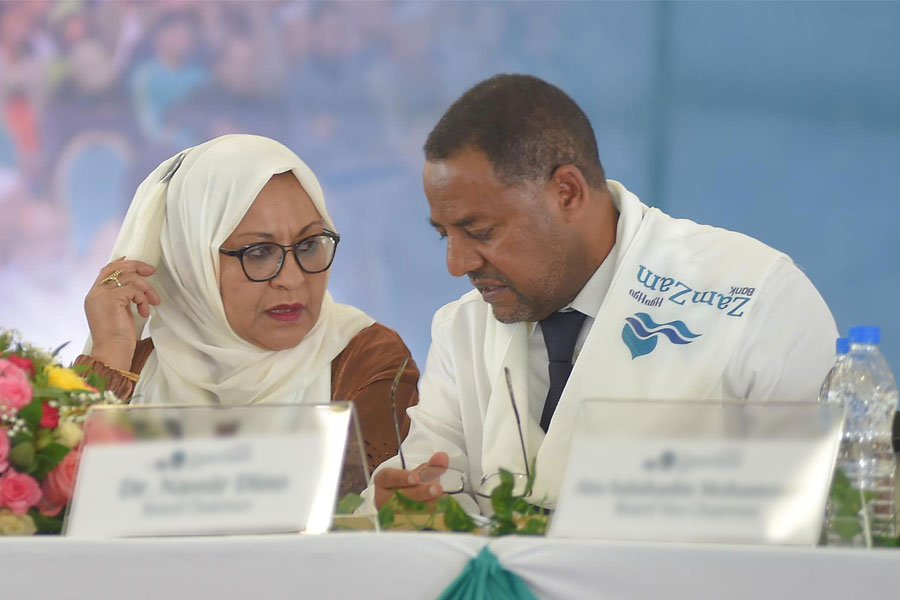
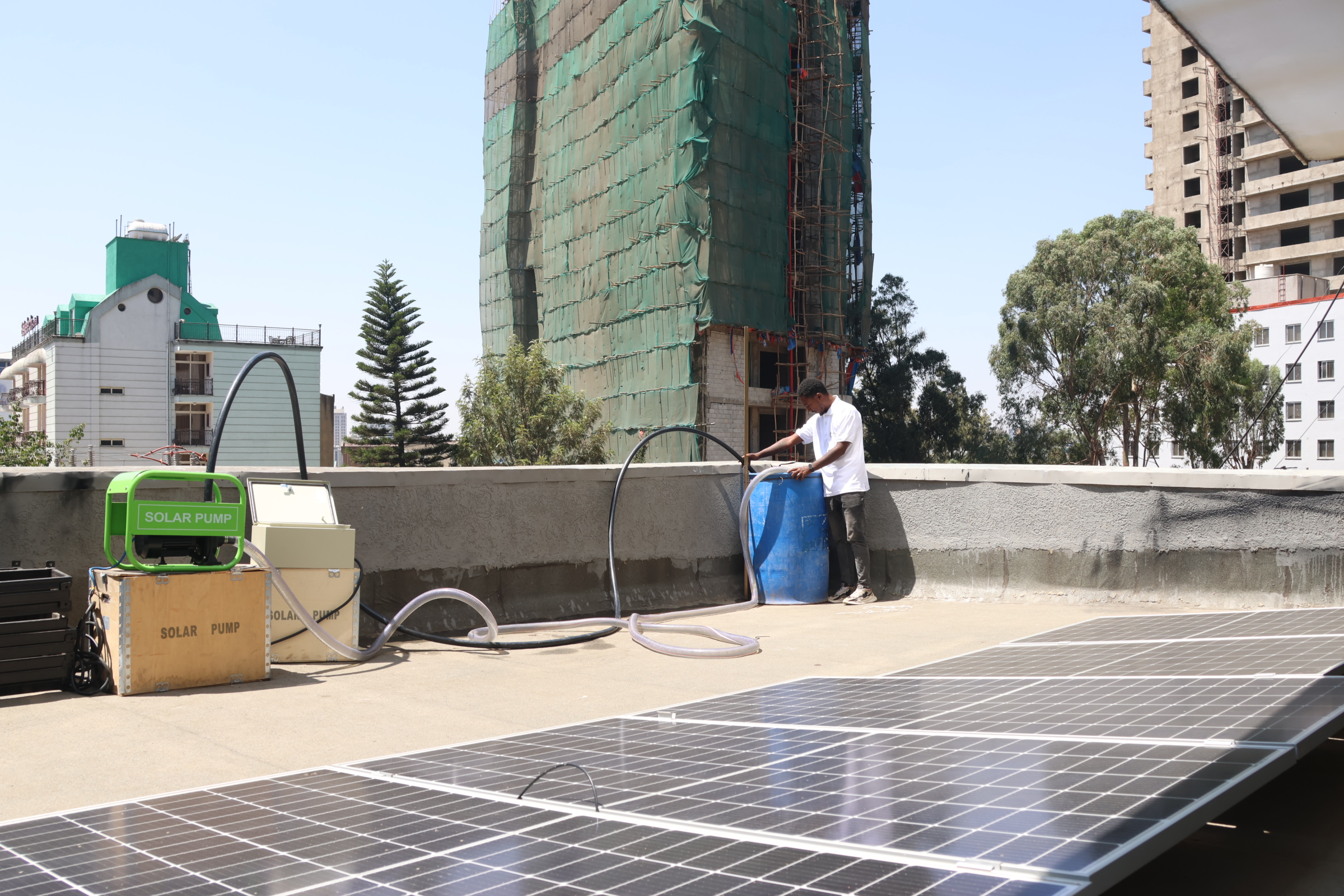
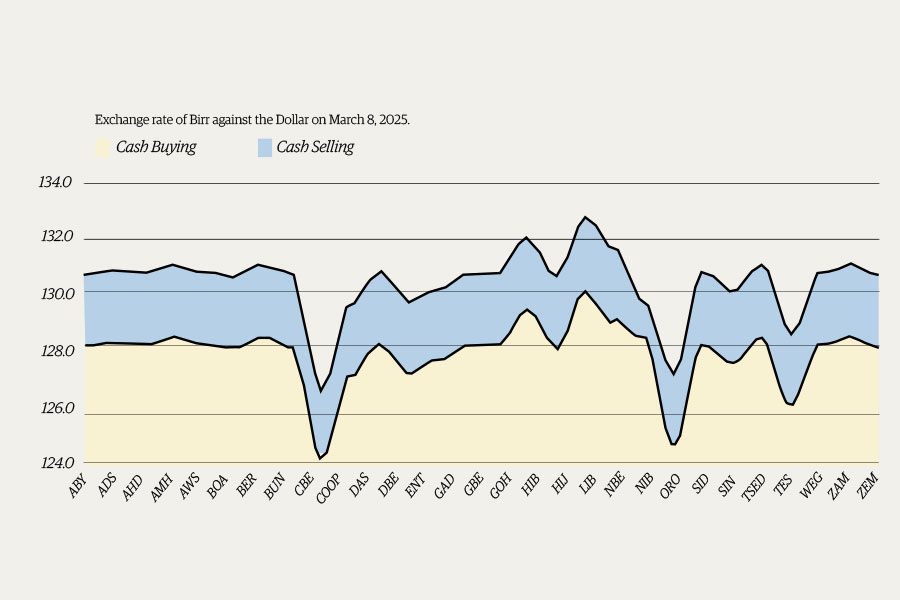
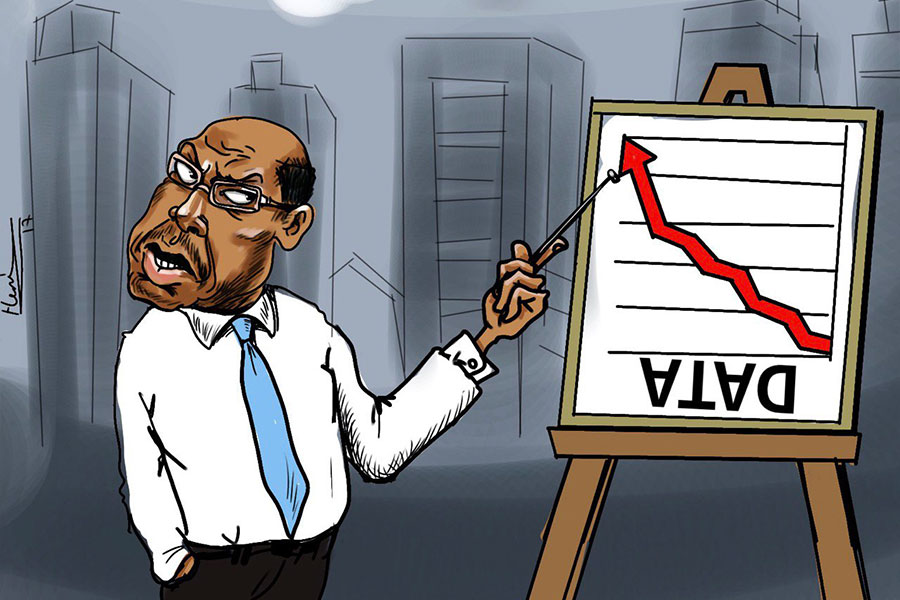
 Loading your updates...
Loading your updates...